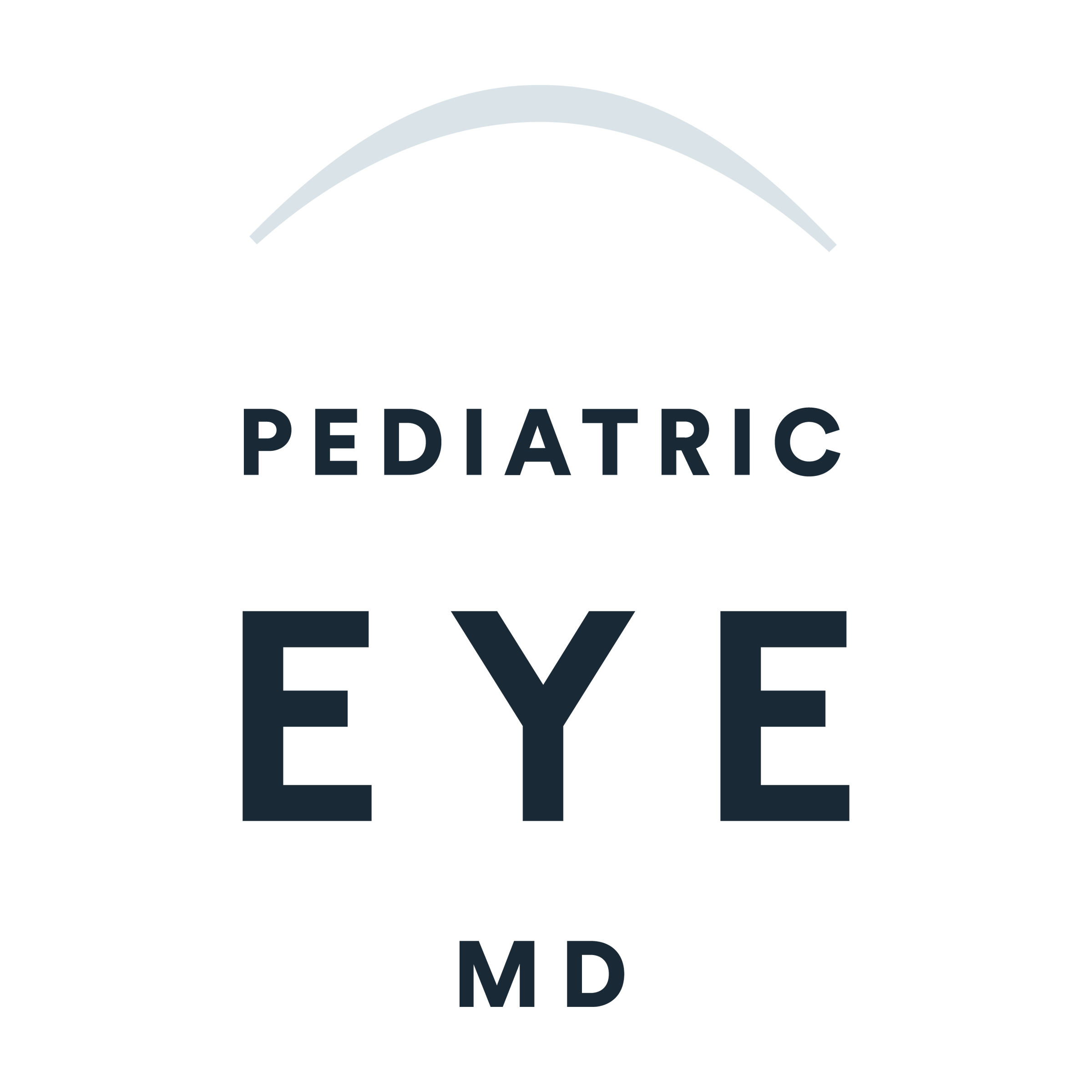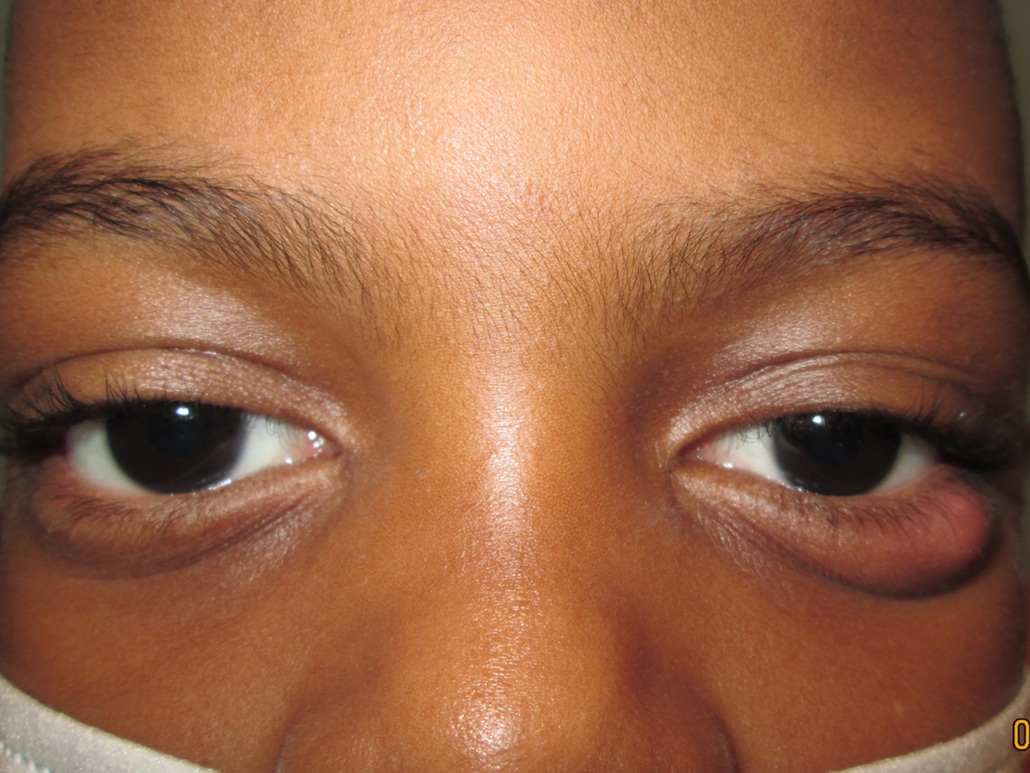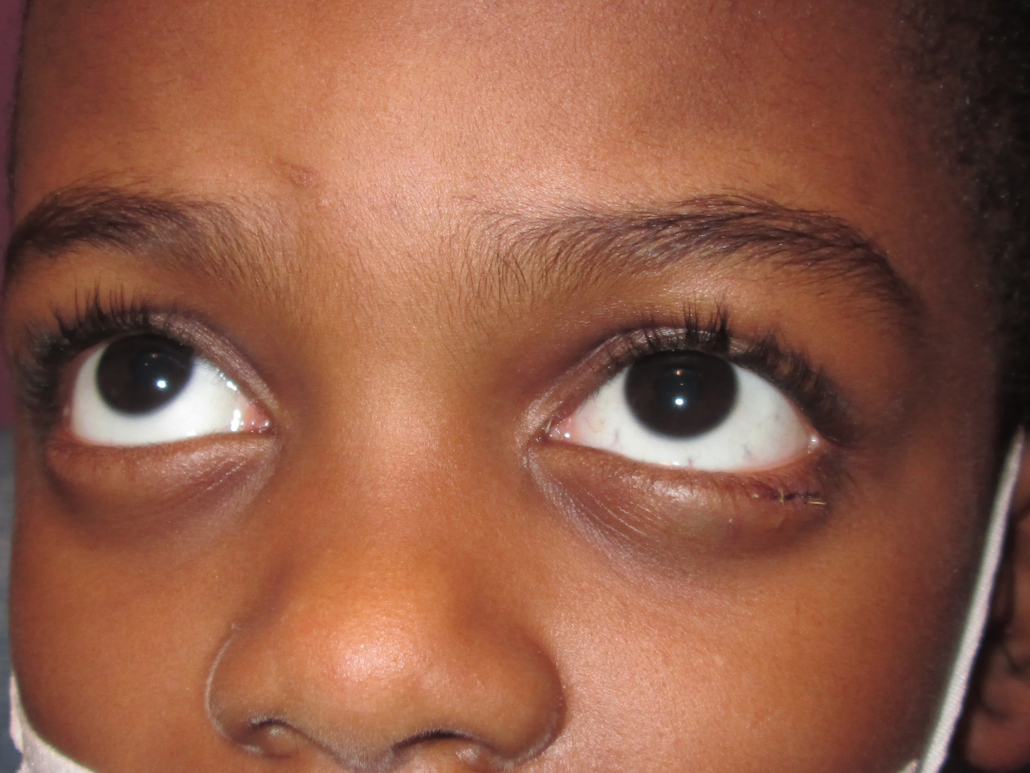Chalazion and Hordeolum (Stye)
Each eyelash has its own oil gland. There are also about 25 specialized (Meibomian) oil glands within each eyelid. The oil from these glands is essential for a properly functioning tear film. Sometimes, however, the oil becomes “too thick,” the gland gets clogged, and oil leaks into the eyelid.
Even though this oil is sterile, our immune system treats it as a foreign substance. This is not an infection; it is a sterile reaction to material (oil) that doesn’t belong under the skin.
When the gland attached to an eyelash gets backed up, this is a hordeolum (stye). Hordeola are typically red, swollen and tender. They can become secondarily infected with bacteria. When a Meibomian gland becomes clogged, the result is a chalazion. Chalazia tend to get rather large but are usually painless. Both hordeola and chalazia are essentially a “pimple” in the lid.
Conservative Approach
Antibiotics usually play no role in treating stye or chalazion are these are sterile inflammations. The best initial treatment is a frequently applied hot compresses. Hot compresses liquefy the oil and may allow the pore to open and the oil to come out. With styes, we sometimes prescribe a steroid drop to reduce inflammation. However, if the stye has evidence of secondary bacterial infection, then a steroid/antibiotic drop will be prescribed.
One way to create a hot compress is to heat a potato and wrap a damp towel around it. You can also use the hot/cold packs or beads that are sold in pharmacies. These stay hot for a long time, whereas a hot towel does not. Our general recommendation is to apply hot compresses 3-4 times a day for 5 minutes for a week or two. Don’t be surprised if the eyelid skin becomes dry from frequent compresses. If this happens, a thin layer of Vaseline twice daily will help. Sometimes the skin opens and
the lesion drains; this will heal well.




